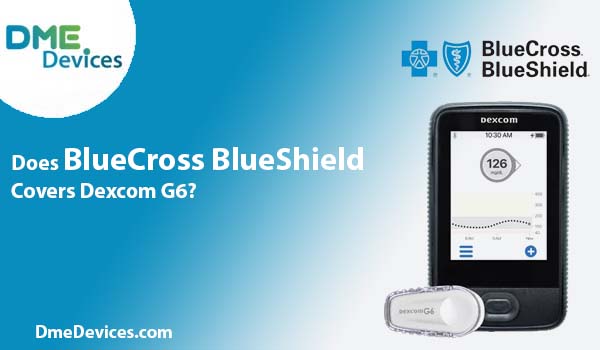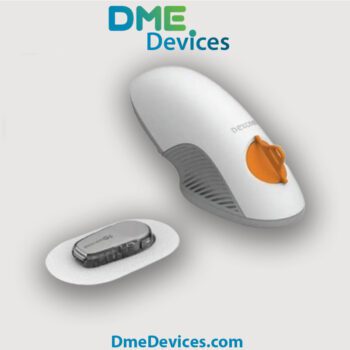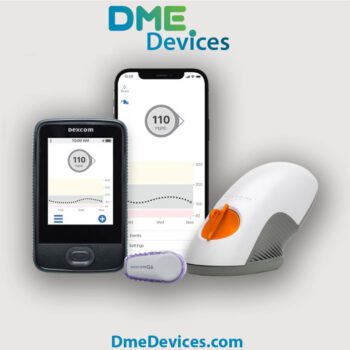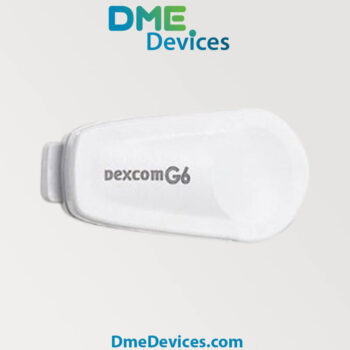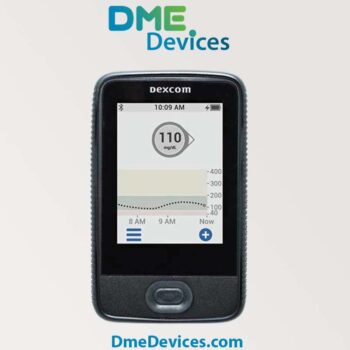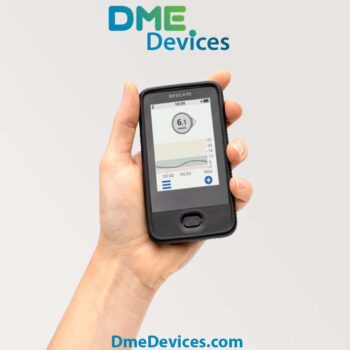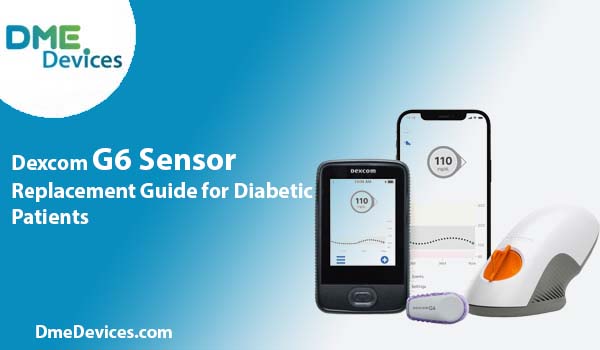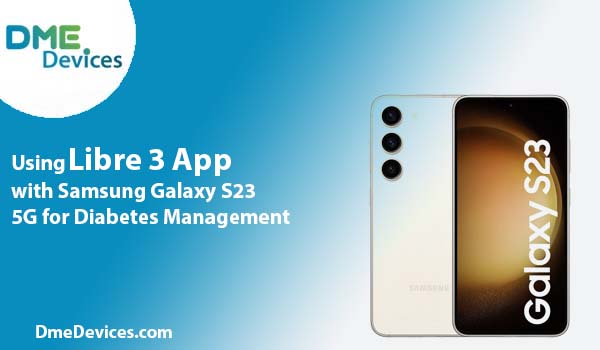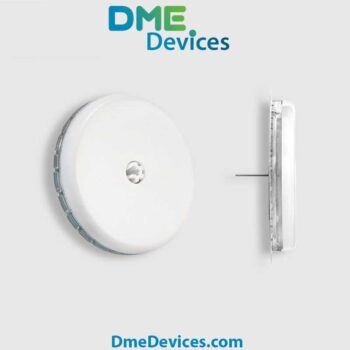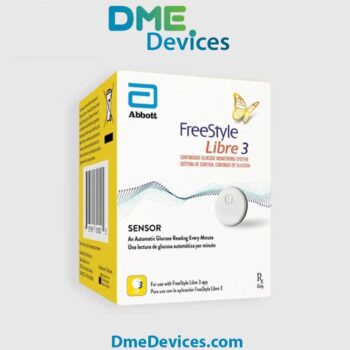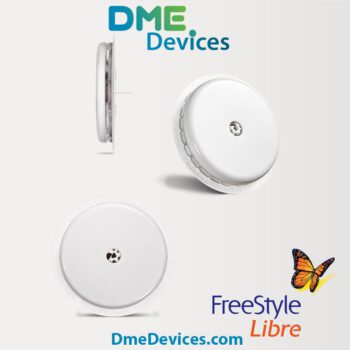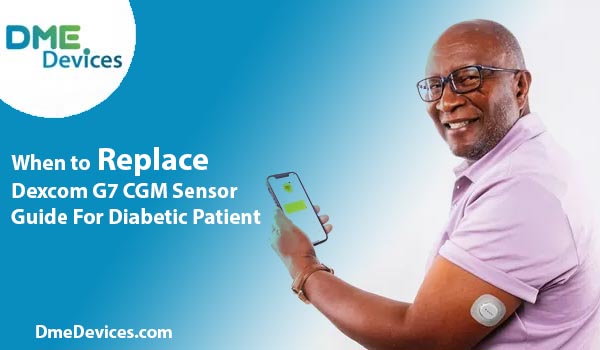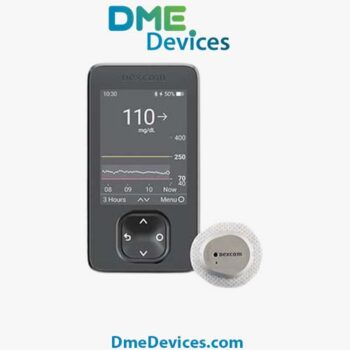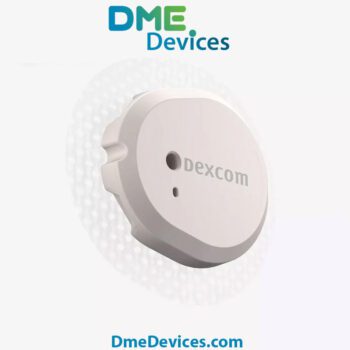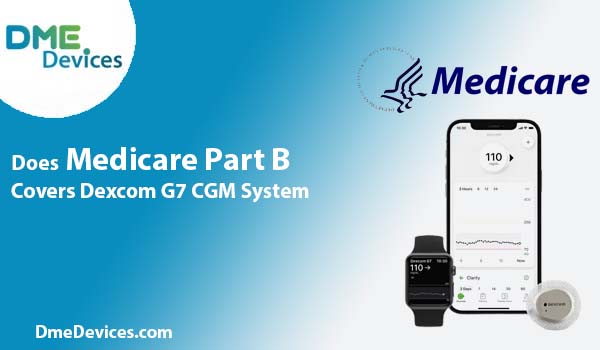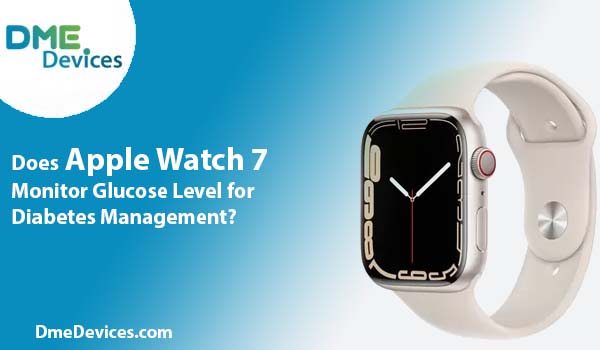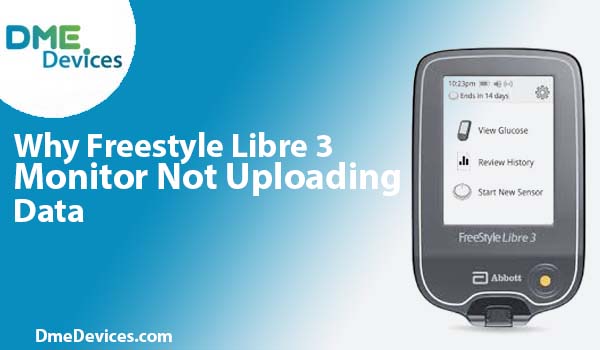Does Blue Cross Blue Shield Cover Dexcom G6?
Understanding Dexcom G6 Coverage
The Dexcom G6 is a revolutionary continuous glucose monitoring (CGM) system that has transformed the way individuals with diabetes manage their condition. This cutting-edge technology provides real-time glucose readings every five minutes, allowing for proactive monitoring and better decision-making regarding insulin dosing, dietary choices, and physical activity.
As a diabetes expert, I understand how significant impact the Dexcom G6 can have on improving glycemic control, reducing the risk of complications, and enhancing the overall quality of life for people living with diabetes. However, access to this advanced technology often depends on insurance coverage, and many patients wonder if their Blue Cross Blue Shield (BCBS) plan will cover the cost of the Dexcom G6.
Eligibility Criteria
BCBS plans generally cover the Dexcom G6 CGM system for individuals with type 1 or type 2 diabetes who meet specific eligibility criteria. These criteria are designed to ensure that the device is prescribed for those who will benefit the most from its use. The eligibility requirements may include:
- Insulin Dependence: Individuals who require multiple daily injections of insulin or use an insulin pump therapy are typically eligible for CGM coverage.
- Frequent Glucose Monitoring Needs: Patients who require frequent blood glucose monitoring, such as those with a history of severe hypoglycemic episodes or hypoglycemia unawareness, may qualify for CGM coverage.
- Pregnancy with Diabetes: Pregnant women with diabetes often have unique monitoring needs, and the Dexcom G6 can provide valuable insights into glucose levels during this critical period.
It's important to note that eligibility criteria may vary among different BCBS plans, so it's crucial to check with your specific plan provider for the most up-to-date information.
Prior Authorization and Documentation
Many BCBS plans require prior authorization for the Dexcom G6 CGM system. This process involves your healthcare provider submitting documentation that demonstrates the medical necessity for using the device. The documentation typically includes:
- Diabetes Treatment Plan: Your healthcare provider will need to provide a comprehensive treatment plan outlining your diabetes management strategies, including insulin therapy, dietary recommendations, and activity levels.
- Blood Glucose Logs: Detailed logs of your blood glucose readings, ideally spanning several weeks or months, can help illustrate the need for continuous monitoring.
- Evidence of Frequent Monitoring Needs: Documentation of severe hypoglycemic episodes, hypoglycemia unawareness, or other factors that necessitate frequent glucose monitoring can support your case for CGM coverage.
It's essential to work closely with your healthcare team to ensure that all necessary documentation is provided to support your prior authorization request.
Coverage Levels and Cost-Sharing
If approved for the Dexcom G6 CGM system, your BCBS plan will typically cover a substantial portion of the associated costs. However, cost-sharing responsibilities, such as deductibles, copays, and coinsurance, may apply based on your specific plan's coverage details.
It's crucial to understand your plan's coverage levels and potential out-of-pocket expenses before initiating the Dexcom G6 CGM system. Some plans may cover the initial transmitter and receiver device, while others may require you to pay a portion of the cost for these components. Additionally, the ongoing cost of sensor replacements, typically required every 10 days, may be subject to different coverage levels or copays.
To provide you with a clearer understanding, let's consider some real-world examples. According to a recent survey by the American Diabetes Association, the average out-of-pocket cost for individuals with private insurance using the Dexcom G6 CGM system was around $1,200 annually. However, this figure can vary significantly based on your specific plan's coverage and cost-sharing structure.
Advocating for Coverage
If your initial request for Dexcom G6 coverage is denied by your BCBS plan, don't lose hope. You have the right to appeal the decision and provide additional supporting documentation from your healthcare provider. Furthermore, you can seek assistance from patient advocacy organizations or professional healthcare advocates who specialize in navigating the appeals process.
One such organization is the Diabetes Patient Advocacy Coalition (DPAC), which provides resources and support to help individuals with diabetes access the medications, supplies, and technologies they need. DPAC offers guidance on appealing denied claims, negotiating with insurance companies, and understanding your rights as a patient.
Additionally, many healthcare systems and hospitals have dedicated patient advocacy teams or financial counselors who can assist you in navigating the complexities of insurance coverage and appeals processes. These professionals can help you understand your plan's policies, gather the necessary documentation, and effectively communicate with your insurance provider.
Stay Informed and Proactive
As a diabetes expert, I cannot emphasize enough the importance of staying informed about your BCBS plan's coverage policies and being proactive in your approach to managing your diabetes. Regular check-ins with your insurance provider can help you stay updated on any changes to coverage criteria or new plan offerings that may include the Dexcom G6 CGM system.
Engage in open communication with your healthcare team, sharing your goals, concerns, and experiences related to diabetes management. Your healthcare providers can be valuable advocates, providing expert guidance and support throughout the process of obtaining coverage for the Dexcom G6 or any other essential diabetes supplies or technologies.
Remember, effective diabetes management requires a comprehensive approach that combines lifestyle modifications, medication adherence, and the use of advanced technologies like the Dexcom G6 CGM system. By staying informed, advocating for your rights, and collaborating with your healthcare team, you can increase your chances of accessing the tools and resources necessary for optimal diabetes control and improved overall health outcomes.
Facts and Figures: The Impact of CGM Technology
The importance of continuous glucose monitoring (CGM) in diabetes management cannot be overstated. Research has consistently demonstrated the profound benefits of CGM technology, particularly in improving glycemic control, reducing the risk of complications, and enhancing the overall quality of life for individuals with diabetes.
According to a landmark study published in the Journal of the American Medical Association (JAMA), the use of CGM systems like the Dexcom G6 was associated with a significant reduction in HbA1c levels (a measure of long-term blood sugar control) compared to traditional self-monitoring of blood glucose (SMBG). The study revealed that participants using CGM experienced an average HbA1c reduction of 0.6% compared to those using SMBG alone.
Furthermore, the DIAMOND randomized clinical trial, published in the Annals of Internal Medicine, found that participants with type 1 diabetes who used CGM experienced a 60% reduction in time spent in hypoglycemia (dangerously low blood sugar levels) compared to those using SMBG. This reduction in hypoglycemic events is particularly significant, as hypoglycemia can lead to serious complications, including seizures, coma, and even death.
Beyond improving glycemic control and reducing hypoglycemic events, CGM technology has also been shown to positively impact mental health and quality of life for individuals with diabetes. A study published in Diabetes Technology & Therapeutics reported that participants using CGM experienced significant improvements in diabetes-related distress, worry, and overall well-being compared to those using SMBG alone.
These findings underscore the transformative potential of continuous glucose monitoring (CGM) technology, like the Dexcom G6, in enabling individuals with diabetes to better manage their condition, lower the risk of complications, and enhance their overall quality of life.
Conclusion
As a diabetes expert, I firmly believe that access to advanced technologies like the Dexcom G6 CGM system should be a priority for individuals with diabetes. While the coverage landscape can be complex and vary among different BCBS plans, it is crucial to understand your plan's policies, eligibility criteria, and cost-sharing responsibilities.
By staying informed, advocating for your rights, and collaborating with your healthcare team, you can increase your chances of obtaining coverage for the Dexcom G6 and other essential diabetes supplies and technologies. Remember, effective diabetes management requires a comprehensive approach, and having access to cutting-edge tools like CGM can significantly improve your overall health outcomes and quality of life.
Embrace the power of knowledge, perseverance, and a proactive mindset, and never hesitate to seek support from patient advocacy organizations or healthcare professionals dedicated to helping you navigate the complexities of insurance coverage. Together, we can work towards ensuring that every individual with diabetes has access to the resources and tools they need to live their best, healthiest life.

